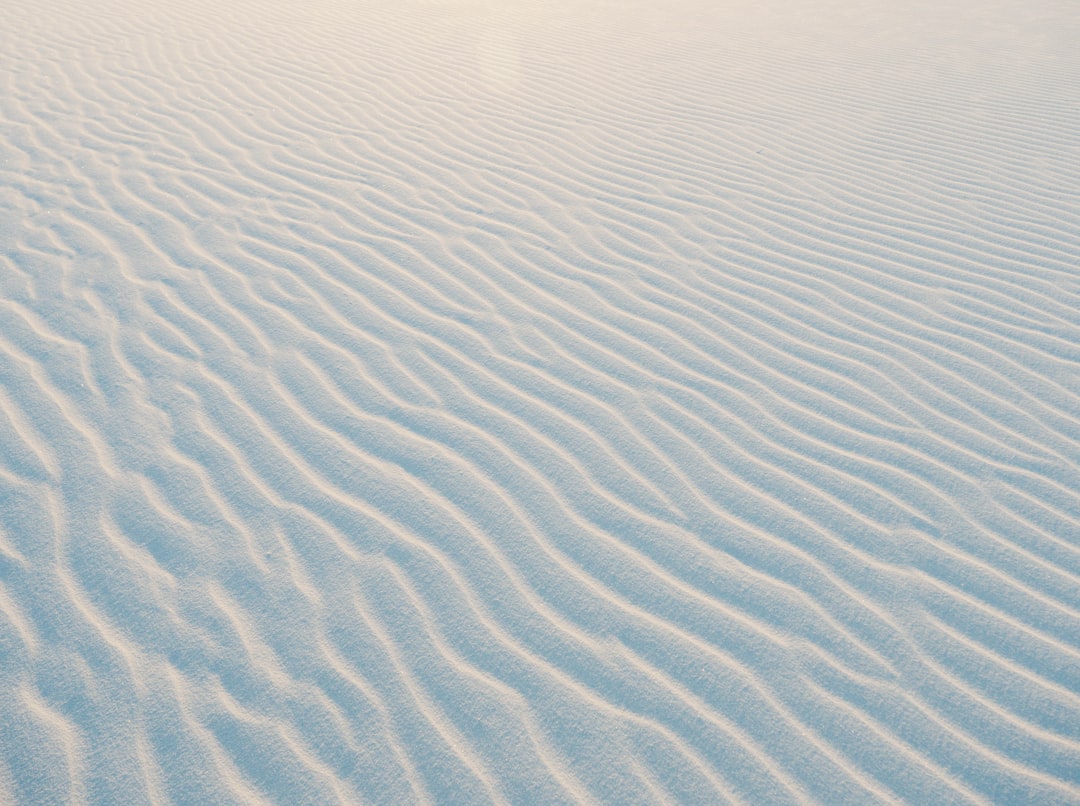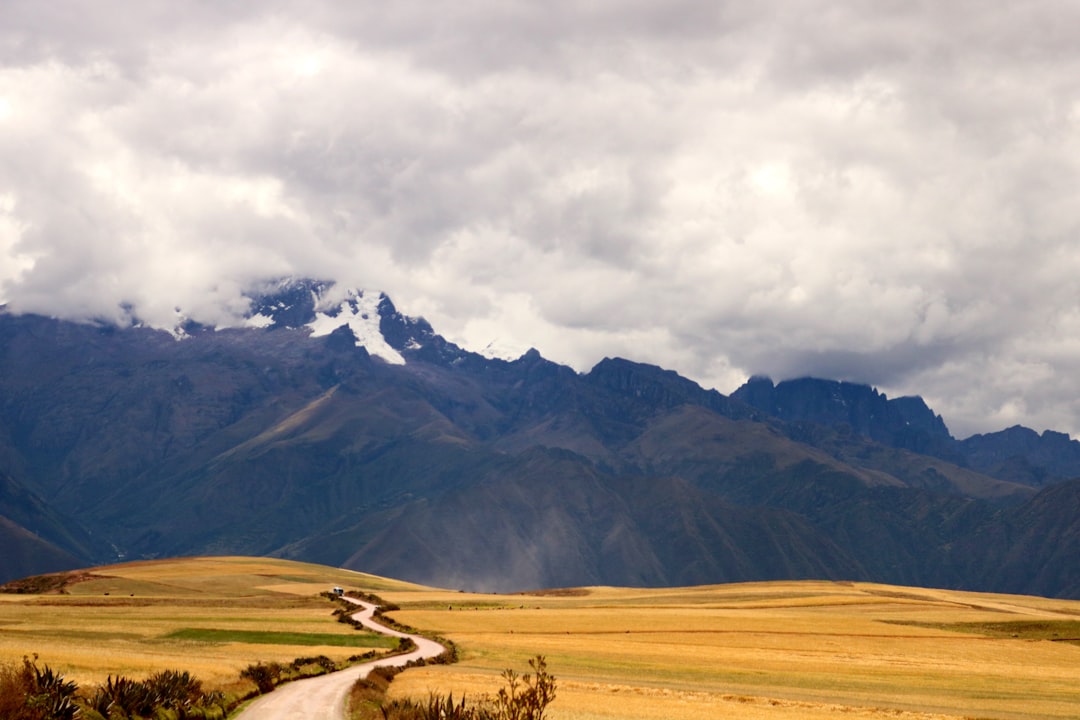What is it about?
The paper deals with the integration of topographic and remotely sensed variables. In this framework we tested the MaxEnt method to discriminate and predict debris flows and debris slides. We demonstrated that MaxEnt produces analogous predictions to other methods and that using optical satellite images to derive additional variables enhance the susceptibility for rapid shallow landslides.
Featured Image
Why is it important?
Deriving additional predictors from satellite images was bounded so far to vegetation indices. We have shown other indices to be integrated in landslide predictive models. The MaxEnt method we applied is known as presence-only and differs from the majority of the methods that the community commonly adopts (presence/absence). Ultimately, we used the combined set of variables and MaxEnt to predict two distinct landslide types. Being able to distinguishes different landslides activation can better support institutions that deal with risk management.
Perspectives
The paper joins together various methodological aspects and for this reason it gives a broad overview of best practices in each of the scientific topics involved. This is why I like it the most as one can go through it and gain knowledge on state of the art statistical, remote sensing, geomorphological and interpretative procedure to be undertaken when modeling landslide susceptibility. For example, the section that deals with the assessment of the predictor roles is completely different from the majority of the contributions available in the literature and shows what we believe should always be part of any papers (predictor importance, jack-knife tests and response curves).
Dr Luigi Lombardo
King Abdullah University of Science and Technology
Read the Original
This page is a summary of: Exploiting Maximum Entropy method and ASTER data for assessing debris flow and debris slide susceptibility for the Giampilieri catchment (north-eastern Sicily, Italy), Earth Surface Processes and Landforms, July 2016, Wiley,
DOI: 10.1002/esp.3998.
You can read the full text:
Contributors
The following have contributed to this page










